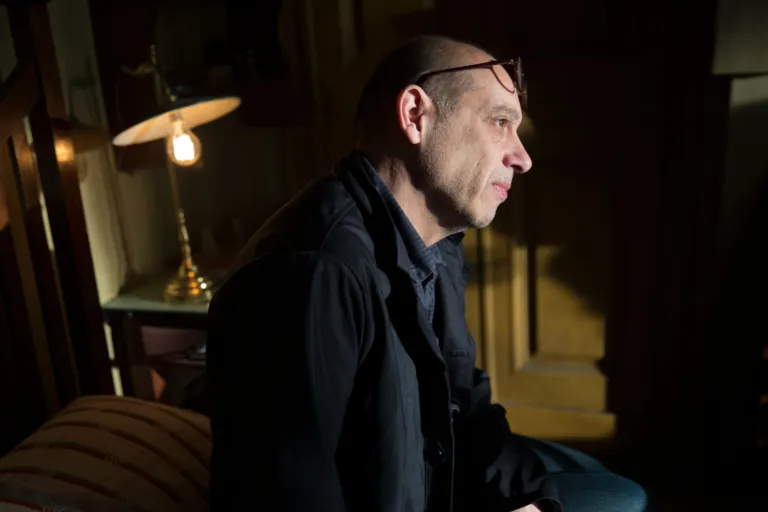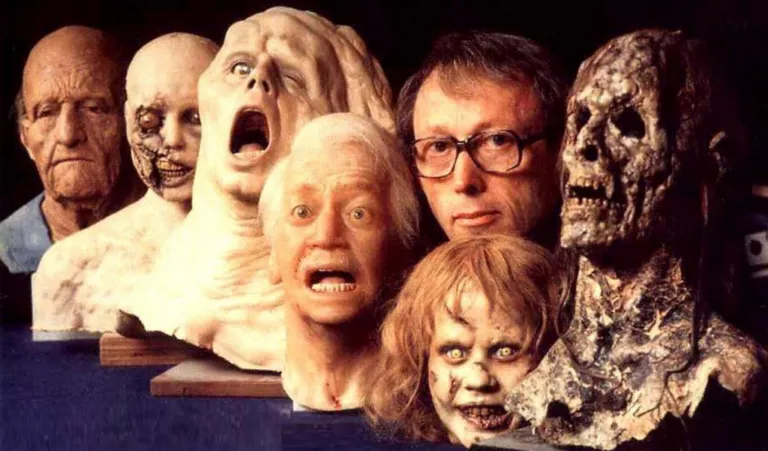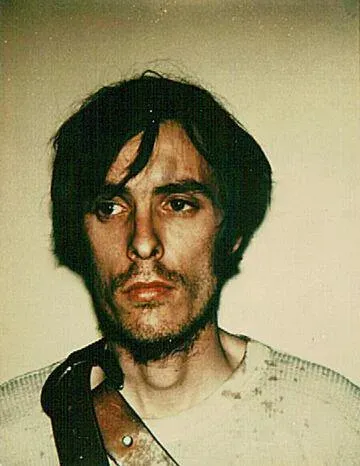Peter Deming Atmospheres and Versatility
Peter Deming Atmospheres and Versatility is a highly talented cinematographer, known for his ability to adapt to a wide range of film genres and for his long collaboration with some of the most iconic directors in contemporary cinema. Born on December 13, 1957, in Beirut, Lebanon, and raised in the United States, Deming has built a successful career thanks to his versatility and his ability to create visual atmospheres that enhance the tone and narrative of a film.
 The Beginnings and Rise of Peter Deming
The Beginnings and Rise of Peter Deming
Peter Deming began working in the film industry in the 1980s, after graduating from the American Film Institute Conservatory. His early work saw him collaborating with independent directors on low-budget films, where he honed his technical skills and his ability to work with limited resources. His talent quickly emerged, leading him to collaborate with directors like Sam Raimi, with whom he worked on one of his first successful films, “Evil Dead 2” (1987), a cult classic in the horror genre.
Deming’s work in “Evil Dead 2” was particularly appreciated for how he managed to combine creative and dynamic cinematography with the technical demands of a low-budget horror film. His ability to use the camera innovatively, creating bold movements and unusual angles, helped define the film’s visual style and solidified his reputation as a cinematographer capable of pushing beyond conventional boundaries.
Collaboration with David Lynch: “Mulholland Drive” and Beyond
One of the most significant chapters in Peter Deming’s career is his collaboration with legendary director David Lynch. This partnership has produced some of the most enigmatic and visually extraordinary films and TV series in cinema history. Their work together began with “Lost Highway” (1997), a surrealist noir film that showcased Deming’s ability to create unsettling and mysterious images, perfectly in line with Lynch’s unique vision.
The pinnacle of their collaboration came with “Mulholland Drive” (2001), considered one of Lynch’s masterpieces and a classic of contemporary cinema. Deming’s cinematography in “Mulholland Drive” is essential for creating the dreamlike and disorienting atmosphere that pervades the film. Using a combination of soft lighting, deep shadows, and precise composition, Deming helped immerse the viewer in a world where the boundary between dream and reality is deliberately blurred.
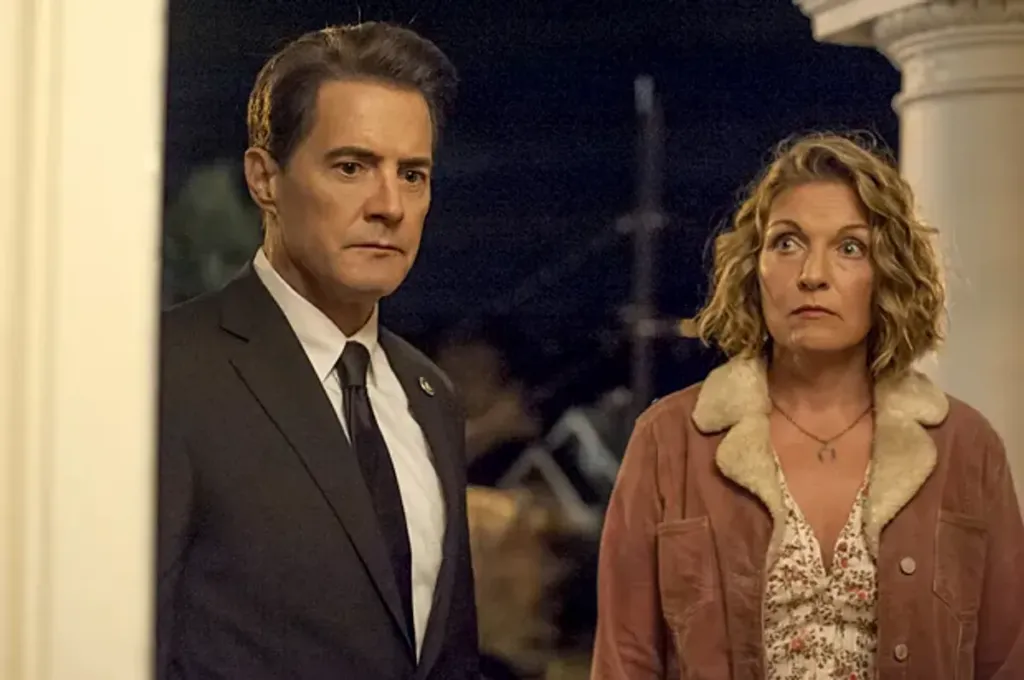 Their collaboration continued with the revival of the series “Twin Peaks“ in 2017, where Deming again demonstrated his skill in translating Lynch’s surreal vision into powerful and evocative imagery. In “Twin Peaks: The Return,” he used a range of cinematic techniques to create an atmosphere that was both nostalgic and innovative, respecting the original aesthetic of the series while elevating it to a new level of visual complexity.
Their collaboration continued with the revival of the series “Twin Peaks“ in 2017, where Deming again demonstrated his skill in translating Lynch’s surreal vision into powerful and evocative imagery. In “Twin Peaks: The Return,” he used a range of cinematic techniques to create an atmosphere that was both nostalgic and innovative, respecting the original aesthetic of the series while elevating it to a new level of visual complexity.
Style and Cinematic Approach of Peter Deming
Peter Deming’s style is characterized by great versatility. He is able to transition from dark and menacing atmospheres, such as those in horror films, to brighter and more colorful tones, like those in comedies. This ability to adapt to different genres and styles is one of the reasons he is in such high demand by directors.
Deming is known for his skillful use of light and shadow, which he uses to create depth and atmosphere in his shots. He is never excessive in his approach, often preferring a subtler touch that allows the story and characters to emerge. However, he also knows when to push the limits and use bolder and more experimental techniques, as he did in films like “Mulholland Drive” and “Lost Highway.”
One of the distinguishing elements of his work is the ability to use the camera to reflect the emotional state of the characters. In many of his collaborations, Deming has demonstrated an extraordinary ability to manipulate lighting and camera movements to create an emotional connection between the viewer and the story. This is particularly evident in Lynch’s films, where the cinematography plays a crucial role in creating the surreal and psychological atmosphere that defines the director’s work.
 Collaborations with Other Directors
Collaborations with Other Directors
In addition to his collaboration with David Lynch, Peter Deming has worked with a number of other prominent directors, bringing his unique vision to a wide range of projects. With Wes Craven, he worked on “Scream 2” (1997), “Scream 3” (2000), and “Scream 4” (2011), helping to define the visual aesthetic of the famous horror saga. In these films, Deming managed to balance humor and terror, using bright and clean cinematography that contrasts with the violence and tension of the story.
Deming has also collaborated with Sam Raimi on films like “Oz: The Great and Powerful” (2013), where he demonstrated his ability to work on large, high-budget productions, creating fantastical and visually spectacular worlds. His skill in handling complex special effects and creating a sense of visual wonder was crucial to the film’s success.
Another significant collaboration was with Jay Roach on “Austin Powers: International Man of Mystery” (1997) and its sequels. In these films, Deming embraced a vibrant and colorful aesthetic that perfectly suited the comedic and parodic tone of the series, once again demonstrating his versatility as a cinematographer.
Awards and Recognition for Peter Deming
Throughout his career, Peter Deming has received numerous accolades for his work, including awards and nominations from international film associations. Although he may not always be in the spotlight like some of his colleagues, his contributions to the film industry are widely recognized and respected.
Deming has often been praised for his ability to elevate the projects he participates in, whether they are independent films or major Hollywood productions. His dedication to the art of cinematography and his ability to work closely with directors to realize their vision are qualities that have made him one of the most esteemed professionals in his field.
Impact and Influence
Peter Deming has left an indelible mark on the world of cinema through his work on some of the most iconic films of recent decades. His ability to adapt to a variety of genres, combined with an artistic sensibility that fits perfectly with the narrative needs of each project, has made him an influential figure in contemporary cinematography.
His work with David Lynch, in particular, has helped redefine how cinema can be used to explore complex and unsettling themes. The images he created in films like “Mulholland Drive” and “Lost Highway” continue to be studied and admired by filmmakers and film enthusiasts worldwide.
Conclusion
Peter Deming is undoubtedly one of the most versatile and talented cinematographers of his generation. His career has been marked by an extraordinary ability to adapt to different narrative and stylistic needs, always bringing a high visual quality and artistic depth to every project. Whether it’s a psychological thriller, a parody comedy, or a supernatural horror film, Deming has proven to be a master of light and shadow, capable of creating images that not only tell a story but also leave a lasting impression on the viewer. His influence on contemporary cinema is significant, and his work will continue to inspire directors and cinematographers for generations to come.
Don’t miss reading articles about other cinematographers who have defined horror cinema… they have not only enhanced the films they worked on but have also elevated the horror genre to new artistic heights. Their unique visions and innovative techniques continue to influence horror cinema, making these films unforgettable milestones in the cinematic landscape.

Subscribe to our YouTube channel
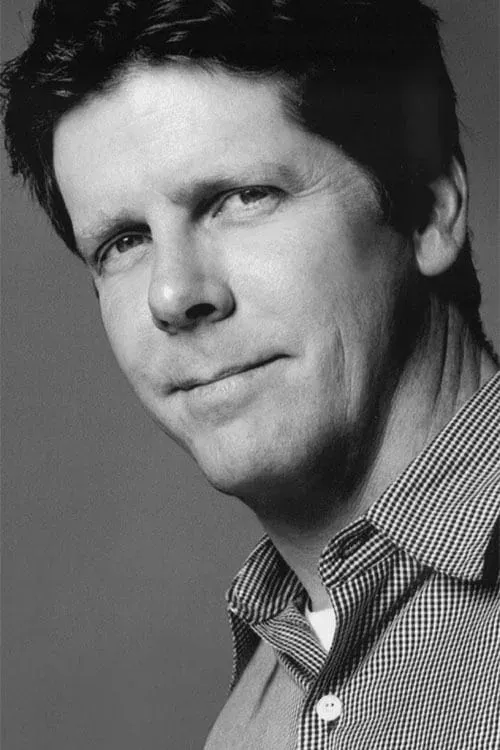
 The Beginnings and Rise of Peter Deming
The Beginnings and Rise of Peter Deming Collaborations with Other Directors
Collaborations with Other Directors